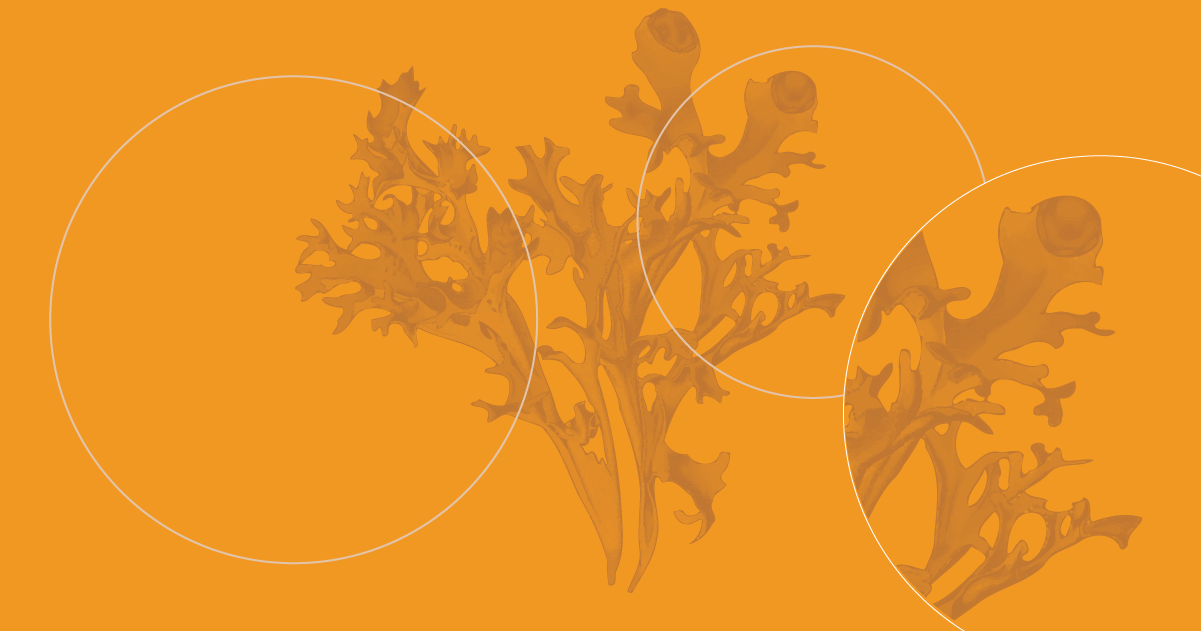
World-renowned restaurant Noma’s announcement that it would close its doors to diners caught my eye this week. As a lover of food (and Copenhagen), I admit my first reaction was: “Sigh. I guess I’ll never get to eat at Noma.” Owner René Redzepi helped craft and operationalize the Nordic Kitchen Manifesto, which champions local and hyperlocal systems of food culture, production, and distribution. Noma became the tip of the spear of pushing the restaurant industry to embrace more sustainable approaches for the good of the planet (and palate).
This focus on sustainability should be applauded, and Noma will continue to innovate in that realm as it shifts its business model to a culinary “lab” over the next two years. However, Noma’s surprise pivot is being driven by an absence of a different type of sustainability. Despite all the acclaim, Noma fell short of creating an optimal value exchange with its staff. The functional demands and emotional toll of those working both front and back of the house created desirable customer experiences but left many employees unable to thrive in life.
“It’s unsustainable,” he said. “Financially and emotionally, as an employer and as a human being, it just doesn’t work.”
Chef René Redzepi (via The New York Times)
Noma is an example of the need to take a broad view of what makes a sustainable service organization. Organizations must frame, implement, and evolve models that foster healthy outcomes for all service participants and the local and global systems that make human endeavors possible. This systemic approach requires challenging conventions of business and generic customer-centric design thinking. Here are three recommendations for creating a sustainable service organization:
While the foodie in me may miss Noma, the service designer is reminded once again that our field has much work to do. We must help organizations co-create sustainable services in all senses of the term—for the organization, for all people, and for the planet. This will require continuing to push the boundaries of service design and educating others on the value of its systemic focus.